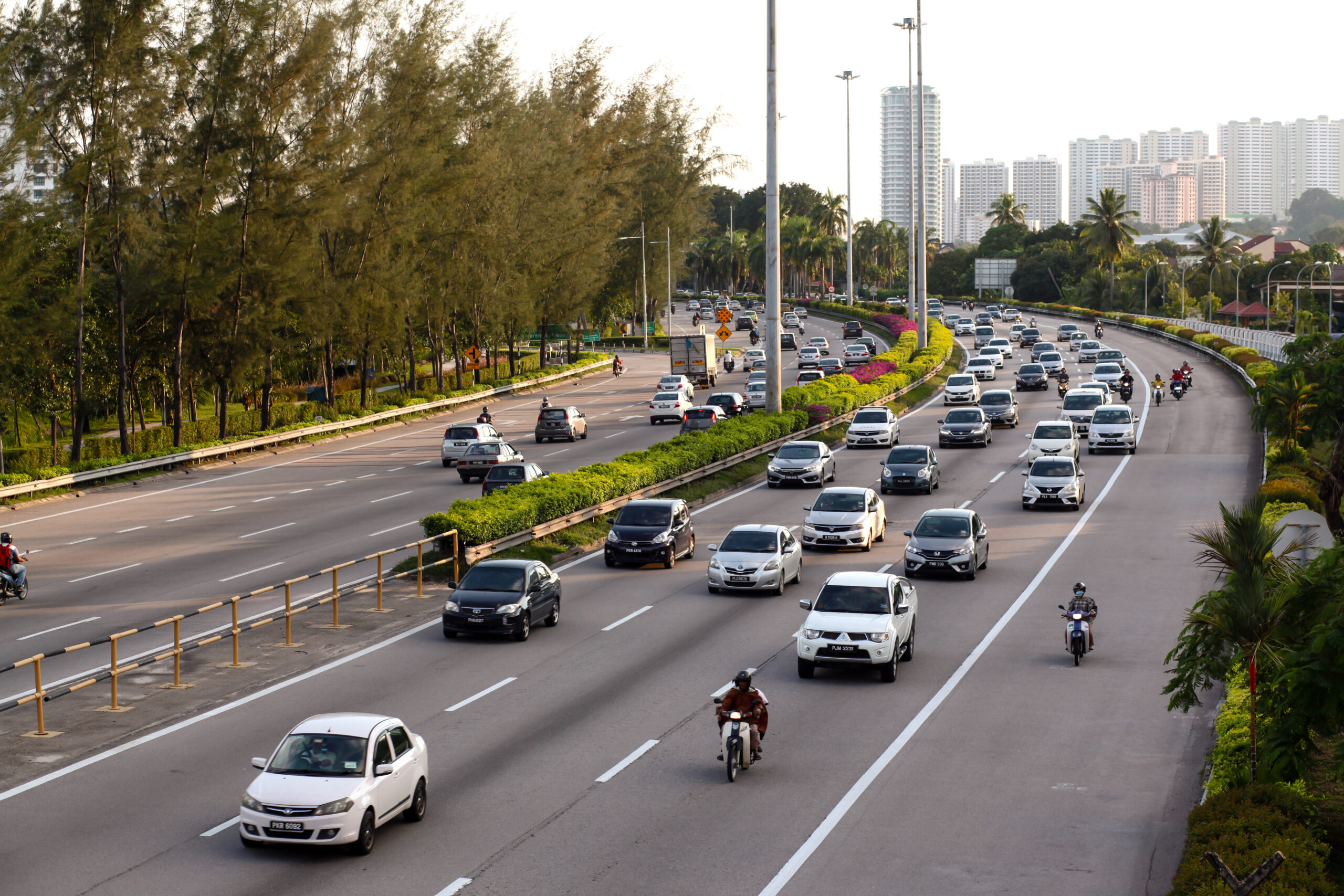- LIFE
Easy Peanut Butter Cookies 3 Ingredients Only


Thanksgiving Day is synonymous with family gatherings, delicious feasts, and unfortunately, heavy traffic. As millions of Americans hit the roads to reunite with loved ones, understanding the nuances of Thanksgiving Day traffic becomes crucial for a smoother travel experience. Navigating through congested roads, particularly when departing from major urban centers like New York City, requires strategic planning and a well-informed approach.

Thanksgiving traffic is a complex phenomenon influenced by a variety of factors. Primarily, the sheer volume of travelers contributes significantly to congestion. According to recent statistics on traffic volumes, the number of vehicles on the road increases dramatically during the Thanksgiving weekend, often leading to extended travel times.
Weather conditions also play a pivotal role. Inclement weather can exacerbate traffic delays, as drivers tend to proceed more cautiously, and accidents become more frequent. Additionally, construction projects or road closures can further complicate travel plans, making it essential for travelers to stay updated on current conditions.
Timing is everything when it comes to minimizing travel time during Thanksgiving. For those departing from NYC, the best strategy is to leave early in the morning or late at night to avoid peak traffic hours. Statistics suggest that the day before Thanksgiving, particularly from 3 PM to 8 PM, sees the highest traffic volumes, with similar patterns on the return journey on Sunday evening.
To optimize travel time, consider departing on Thanksgiving morning itself. While some traffic is inevitable, it tends to be lighter compared to the day before. If returning home after the holiday, traveling early on Sunday or waiting until Monday can help bypass the heaviest congestion.
For novice travelers, sticking to major highways and well-known routes might seem like the safest option. However, these paths are often the most congested. Advanced travelers, on the other hand, might opt for alternative routes, utilizing lesser-known roads to avoid bottlenecks.
Advanced strategies include using real-time traffic apps to identify and navigate around congestion. These tools can suggest detours and provide live updates on traffic conditions, allowing travelers to adjust their routes dynamically. Beginner travelers can benefit from these apps as well, but may prefer to plan their journey in advance to avoid the stress of real-time decision making.

New York City, a major hub for Thanksgiving travelers, presents unique challenges. The city’s dense population and complex road network make it a focal point for traffic congestion. During Thanksgiving, outbound traffic from NYC is particularly heavy, as residents leave the city to visit family and friends.
Understanding city-specific traffic patterns can aid in planning. For instance, the George Washington Bridge and Lincoln Tunnel are notorious for backups during peak travel times. Travelers might consider using the Tappan Zee Bridge as an alternative to avoid some of the congestion associated with these popular routes.
To effectively minimize travel time, preparation is key. Start by planning your route well in advance, taking into account potential traffic hotspots and alternative paths. Utilize navigation apps that offer real-time traffic data to adjust your route as needed.
Consider traveling during off-peak hours and prepare for the journey by packing snacks, water, and entertainment for passengers to make the trip more pleasant. For those traveling with children, planning rest stops can also help break up the journey and reduce travel fatigue.
While driving is the most common mode of travel during Thanksgiving, it is not the only option. Public transportation, such as trains and buses, offers a viable alternative, especially for those traveling from major cities. These modes of transport allow travelers to avoid the stress of navigating heavy traffic and can be more cost-effective.
Carpooling is another option that not only reduces the number of vehicles on the road but also allows travelers to share the burden of driving and fuel costs. Additionally, for those traveling shorter distances, cycling or walking, where feasible, can provide a stress-free travel experience.
For those opting to fly, Thanksgiving is one of the busiest times of the year at airports. To ensure a smooth experience, book flights well in advance and consider flying on less popular travel days, such as Thanksgiving morning or the Friday after Thanksgiving, to avoid peak airport crowds.
Arrive at the airport early to allow ample time for security checks, and consider packing light to avoid baggage delays. Monitoring flight status updates and being flexible with travel plans can also help mitigate potential disruptions.
Successful Thanksgiving travel hinges on effective planning and the use of reliable tools. GPS navigation systems and smartphone apps like Google Maps and Waze provide real-time traffic updates and alternative route suggestions. These resources can be invaluable for identifying and circumventing traffic jams.
In addition to digital tools, consult local traffic reports and weather forecasts to stay informed about road conditions. By leveraging a combination of technology and local insights, travelers can make informed decisions and enjoy a smoother journey this Thanksgiving.